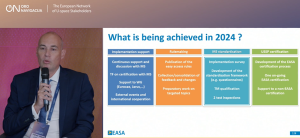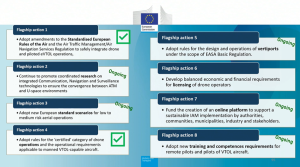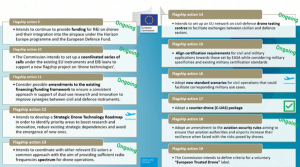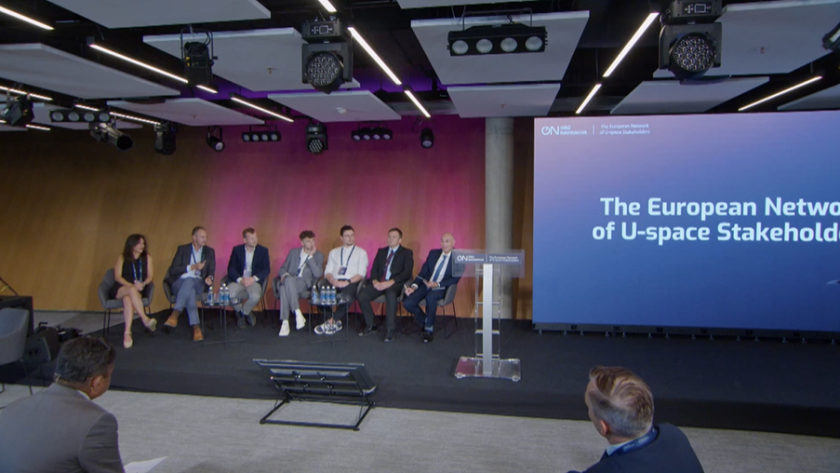By Philip Butterworth-Hayes
“Take small steps: Inertia can be overcome by taking small, manageable steps toward meaningful change. These steps can help restore a sense of control and build confidence.” – “AI overview”
“What is causing the inertia in rolling-out U-space services throughout Europe?” asked Munish Khurana, Eurocontrol Senior Manager-Business Development and moderator of the September 5 European Network of U-space Stakeholders meeting in Vilnius, Lithuania. Is it regulation? If it is something else, he told delegates, then we should find evidence of what this is. After all, understanding the causes of inertia is the first step in identifying the solution.
Delegates and speakers at the meeting had plenty of ideas on why it has taken Member States so long to certify U-space services, from differing views on what data should be collected and disseminated within a Common Information Service to differences between Member States on the interpretation of the high-level U-space regulations. Current Acceptable Means of Compliance (AMC) and Guidance Material (GM) sometimes contradict each other and leave room for different interpretations, was one delegate comment.
“Reputation,” said Andrew Hately, senior researcher in the Drone unit at the Eurocontrol Innovation Hub. “This industry cannot afford an accident so we set our target level of safety much higher than conventional aviation.”
The European Union Aviation Safety Agency (EASA) is also facing a deficit of capacity, said EASA’s Stephane Vaubourg. In terms of its U-space service provider (USSP) certification efforts this means “we cannot handle more than one certification process at one time. We currently have one certification process underway and we are supporting another process. Next year we will focus on rule making.”

The truth is, U-space is far more complex than most stakeholders originally thought and there are still major elements of it which need to be fully understood by regulators, governments and service providers.
EASA has its hands full in developing new rules for U-space surveillance technologies, for example, and understanding whether new industry standards for U-space data sharing are needed beyond the those developed by ASTM.
The role of rogue drone detection and mitigation methodologies ideally need be harmonised to a single standard across multiple C-UAS rogue drone identification and mitigation technologies, was one industry comment. Spectrum allocation for beyond visual line of sight (BVLOS) operations, perhaps using 5G, is being researched by the European Commission, which has a 19-point drone flagship action programme underway, many of them involving U-space.

Elina Millere from DG Move at the European Commission outlined these ambitious flagship actions. Two of these are particularly important for U-space service developers because they involve money. Flagship action seven (see above) involves funding an on-line platform “to support a sustainable innovative air mobility (IAM) implementation by authorities, communities, municipalities, industry and stakeholders, while flagship project nine provides funding for research and innovation for drone integration in airspace. Munish Khurana told delegates that actions were being taken to streamline funding applications to the European Investment Bank for this work.
Delegates had concerns: that there was still too much emphasis on trials and research rather than implementing complex drone operations and that European Union institutions might become more focused on eVTOL airspace integration work than drones.
But momentum is building towards operational deployment. Some of the large scale U-space integration trials (especially in Spain) are not being rolled-up at the end of the programme but remain as a basis for real-world operations. And, most important of all, certification of USSPs is just around the corner.
Antoine Martin of the Direction Générale de L’Aviation Civile reported the DGAC is close to certifying a USSP – “a very mature organisation.”




